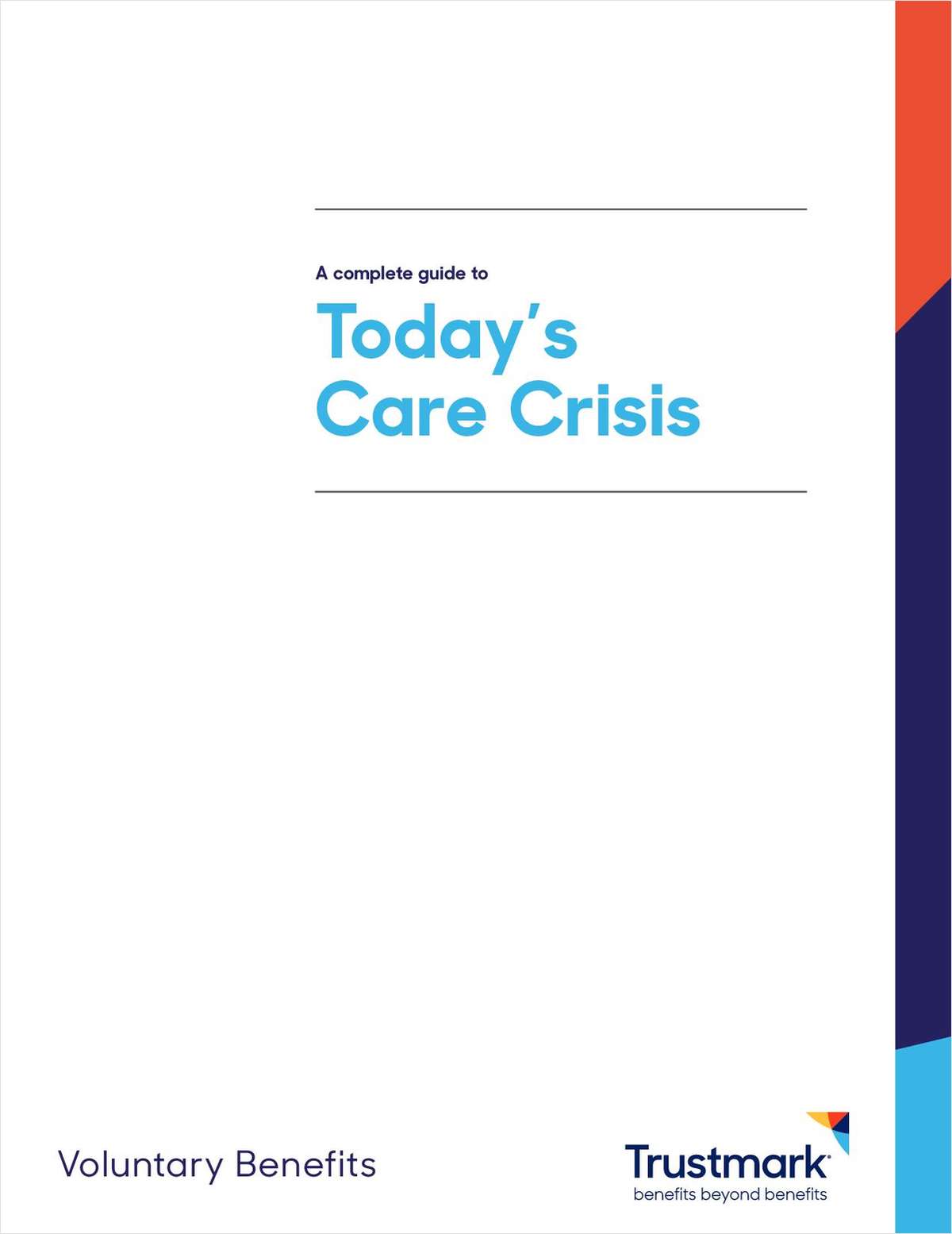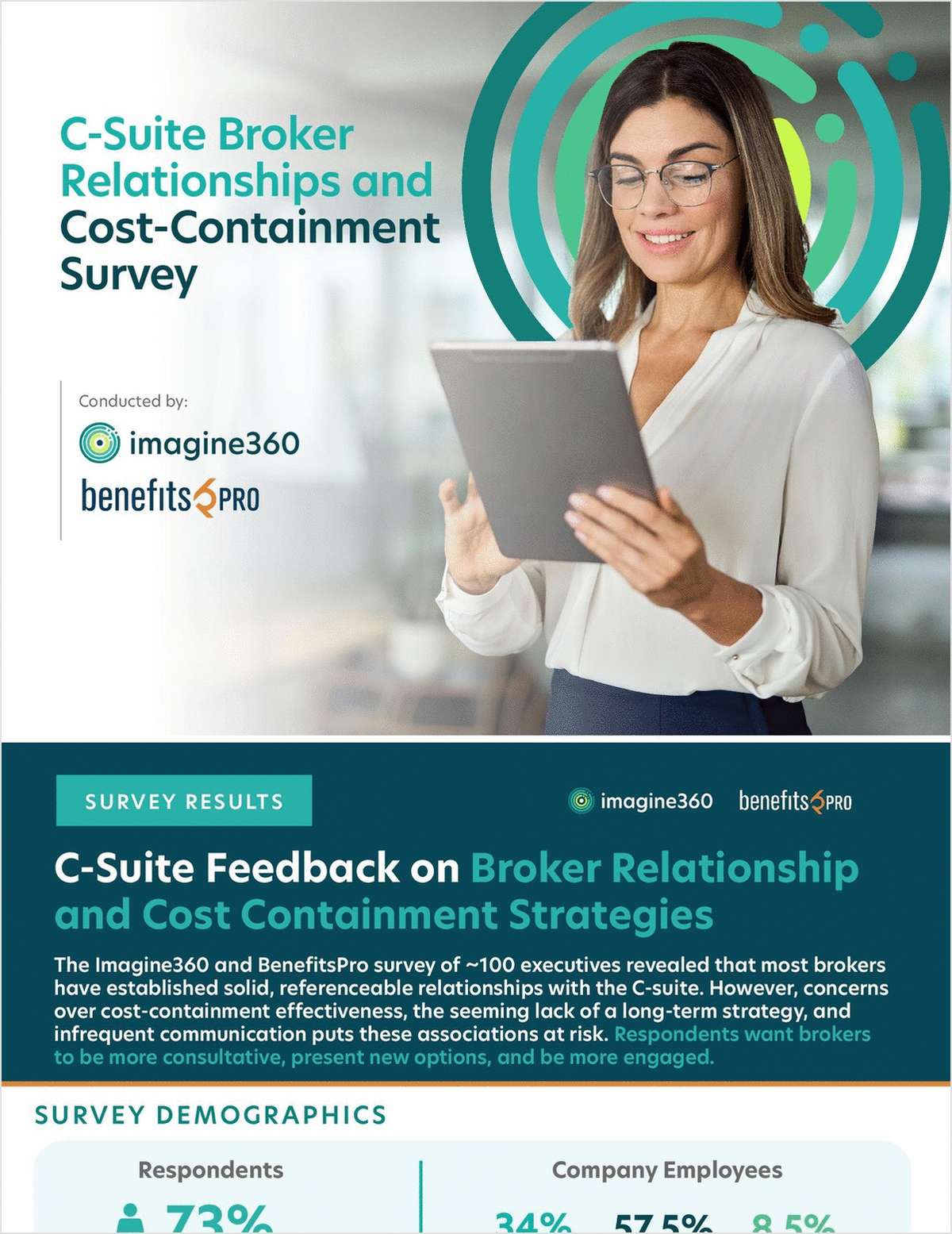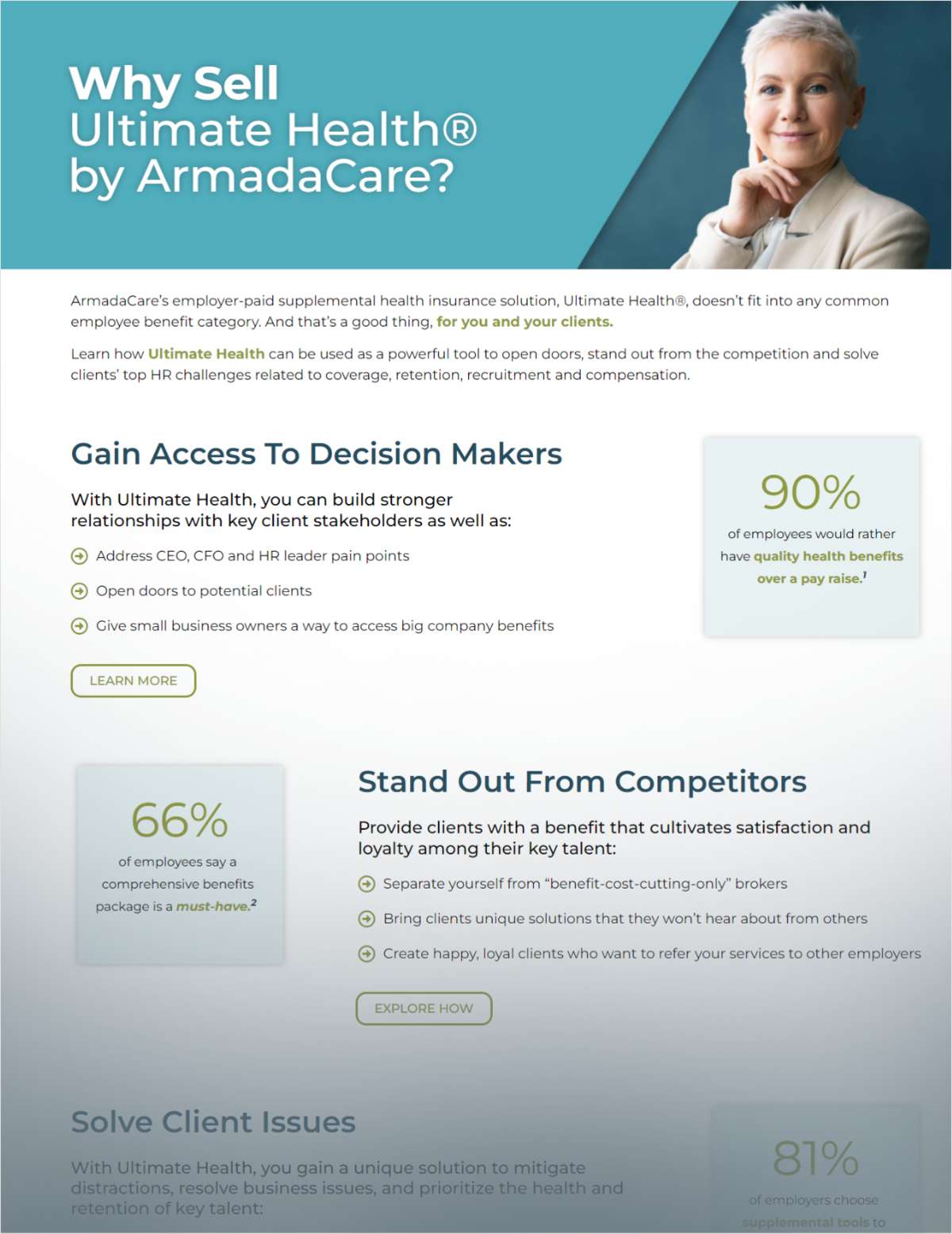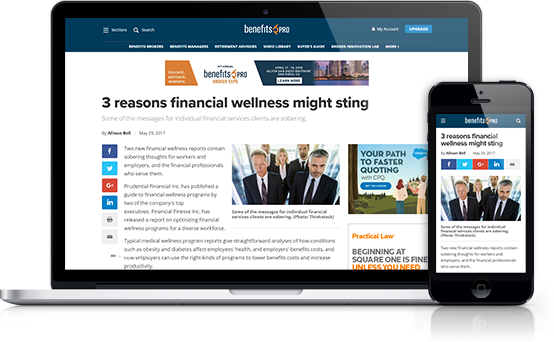
These statistics should grab your attention: According to AARP, 19% of Americans provide unpaid care for an adult, 26% find it hard to coordinate care and 61% of family caregivers are working in their regular jobs. Many could be at your firm. How do you address the needs of employees who are also caregivers?
#1: Educating employees about FMLA
The first step should be educating your employees about the provisions of the Family and Medical leave Act (FMLA). One of the act's primary purposes is "to care for an immediate family member with a serious medical condition." The Act allows for up to 12 weeks of unpaid leave. The time period is even longer if the person requiring care is a covered member of the military. Although the leave is unpaid, the employee's job is protected if they need to be away from work for an extended period of time.
Complete your profile to continue reading and get FREE access to BenefitsPRO, part of your ALM digital membership.
Your access to unlimited BenefitsPRO content isn’t changing.
Once you are an ALM digital member, you’ll receive:
- Critical BenefitsPRO information including cutting edge post-reform success strategies, access to educational webcasts and videos, resources from industry leaders, and informative Newsletters.
- Exclusive discounts on ALM, BenefitsPRO magazine and BenefitsPRO.com events
- Access to other award-winning ALM websites including ThinkAdvisor.com and Law.com
Already have an account? Sign In
© 2024 ALM Global, LLC, All Rights Reserved. Request academic re-use from www.copyright.com. All other uses, submit a request to [email protected]. For more information visit Asset & Logo Licensing.








